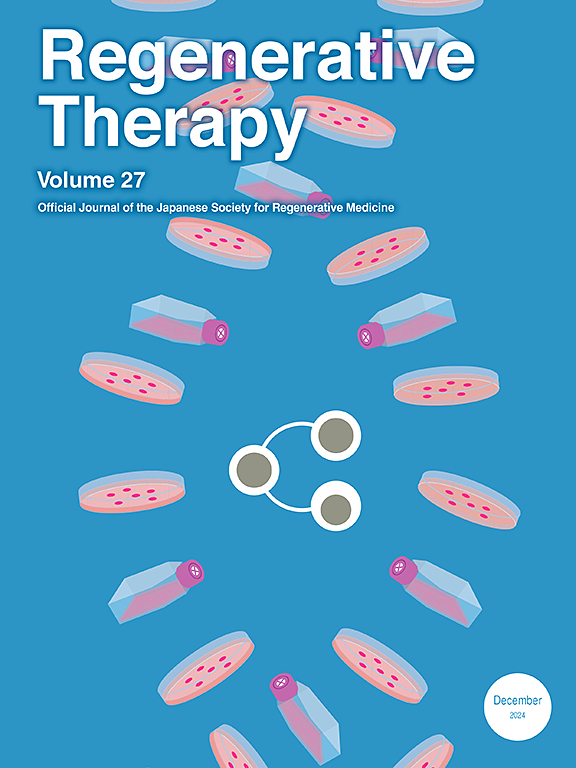Electro-spun piezoelectric PLLA smart composites as a scaffold on bone fracture: A review
IF 3.4
3区 环境科学与生态学
Q3 CELL & TISSUE ENGINEERING
引用次数: 0
Abstract
The intrinsic ability of these scaffold materials to generate piezoelectric currents presents a major proposition for increasing the complexity of the scaffold and facilitating tissue healing. The piezoelectric behavior of bone tissue has been an area of interest for many researchers in the past. However, these properties have not been given much attention in new osteochondral tissue scaffold designs, whereas the established design factors mainly concentrate on the structural and mechanical characteristics of the tissue in question. The main advantages of the piezoelectric electrospun scaffolds in tissue engineering consist in the possibility to reproduce the piezoelectric properties of the fibrous extracellular matrix (ECM) of the tissue and the application of combined electrical and mechanic stimulation in the process of bone tissue regeneration. Poly-l-lactic acid (PLLA) has proved to be a potential biomaterial because of its adjustable mechanical characteristics and the bio-degradable capability for the creation of porous scaffolds with micro/nanostructure designs in various techniques. PLLA-based scaffolds can be altered on their surface or can be incorporated with other polymers either natural or synthetic or bioceramic materials. These modifications and combinations are to introduce improvement or changes in the scaffolds for the improvement of the functional properties that favor bone tissue engineering. In this review, we discussed the properties of PLLA and more particularly, the fracture-repairing activity in bone fracture therapy. It also investigates the interaction of PLLA with other biopolymers or biomaterials to dramatically enhance bone scaffolds' performance.
电纺压电聚乳酸智能复合材料作为骨折支架的研究进展
这些支架材料产生压电电流的内在能力为增加支架的复杂性和促进组织愈合提出了一个主要命题。过去,骨组织的压电行为一直是许多研究人员感兴趣的领域。然而,在新的骨软骨组织支架设计中,这些特性并没有得到太多的关注,而现有的设计因素主要集中在组织的结构和力学特性上。压电式电纺丝支架在组织工程中的主要优势在于可以再现组织纤维细胞外基质(ECM)的压电特性,并可在骨组织再生过程中应用电机械联合刺激。聚乳酸(PLLA)由于其可调节的力学特性和生物降解能力,在各种技术中被证明是一种潜在的生物材料,可用于制造具有微/纳米结构设计的多孔支架。pla基支架可以改变其表面,也可以与其他天然或合成聚合物或生物陶瓷材料结合使用。这些修饰和组合是为了改善或改变支架的功能特性,从而有利于骨组织工程。在这篇综述中,我们讨论了PLLA的特性,特别是在骨折治疗中的骨折修复活性。它还研究了pla与其他生物聚合物或生物材料的相互作用,以显着提高骨支架的性能。
本文章由计算机程序翻译,如有差异,请以英文原文为准。
求助全文
约1分钟内获得全文
求助全文
来源期刊

Regenerative Therapy
Engineering-Biomedical Engineering
CiteScore
6.00
自引率
2.30%
发文量
106
审稿时长
49 days
期刊介绍:
Regenerative Therapy is the official peer-reviewed online journal of the Japanese Society for Regenerative Medicine.
Regenerative Therapy is a multidisciplinary journal that publishes original articles and reviews of basic research, clinical translation, industrial development, and regulatory issues focusing on stem cell biology, tissue engineering, and regenerative medicine.
 求助内容:
求助内容: 应助结果提醒方式:
应助结果提醒方式:


